AgVoice | Essential elements to deliver successful PR campaigns
When I started my career 17 years ago, a public relations campaign was about getting your client’s story published in key newspapers. While newspapers are still important, to get your client’s voice heard PR agencies today have to play it out in multiple channels – print, television and online media. The answer definitely lies in integration. Brands want it, agencies claim they do it, but it is rarely truly achieved.
What is crucial to integration is a meaningful, authentic idea, backed by strong insight derived from research; an idea that can be expressed and executed in different ways through multiple channels with results that connect the brand message with human emotions.
However, a mistake that most agencies make is to sell the same message without any innovation or customisation across different channels. Integration does not mean boring. It means adapting your message according to different target audience.
Take Hershey’s Simple Pleasures campaign. The chocolate manufacture’s the new line had the same Hershey’s taste, but less fat. To share its newest creation with consumers, Hershey’s and its PR agency launched an integrated campaign that targeted newspapers, magazines, wires, social media and bloggers. Apart from a customised Facebook tab, an iPad app and a Twitter party, the agency created employee awareness by setting up stations for Hershey’s staff to stop by and play games, listen to music, and enjoy chocolates. I always say that good integrated campaign should, apart from influencing behaviour of the audience, change the behaviour of the organization and bring it into alignment with stakeholder expectations. Hersehy’s PR agency did just that. The result: The campaign had over 217 media impressions, more than 25,000 likes on Facebook and distribution of 13, 500 samples, and sales exceeded forecasts. Now that’s what I call an award-winning integrated PR campaign.
So, what are the essential elements of an integrated PR campaign. Take a look:
Brand understanding: The agency must be in sync with the brand’s new product or service, its key attributes and place in the category it will be launched. Some years ago, the publication of a few stories in newspapers was enough to make a good PR campaign. But the best campaigns today go beyond that, prompting engagement, encouraging the audience to respond both emotionally and in some tangible way to join the conversation, participate in a debate, offer feedback and get involved in a cause or issue. It is our duty to make the client understand this critical aspect.
Identify the audiences and influencers: Conduct a research to gain insights about your audience and influencers because it here that you will get your story angles, consumer interaction possibilities and innovation opportunities. Focus on the influencers as they will be able to best share your story with your audience. Previously, it was only a journalist sharing with his or her readers. But, today it can involve almost any audience—bloggers, influencers, opinion leaders, ordinary people—sharing with their friends via social media or blogs.
Tell a story: Find a compelling story. Let the enthusiasm your client and you feel about the product come through in your campaign. If your product is for young mothers, then target magazines and supplements that deal with this segment. Reach out to shows and online forums for young mothers and engage with your audience by connecting with them on an emotional level.
Get a storyteller: Any PR campaign must have a strong narrator. Figure out who will work best for your brand. An expert or a celebrity can work wonders
Build brand ambassadors: By brand ambassadors I don’t mean celebrities. Employees, consumers, friends and various stakeholders of your client can support and build your product by talking about it and recommending it. Create a community by giving them information and encouraging conversation and engagements on various levels.
Reach out to your consumers online: Social media has provided enough opportunities for companies to communicate with target groups. So, instead of waiting for consumers to come to the brand, we should go to them. Encourage opinions, take suggestions, feedback and use them constructively.
Create a lasting impression: Some campaigns are fleetingly – a few stories and pictures of celebrities launching or promoting the brand – and then they vanish from public memory. But, some leave a lasting impression about the company or the brand, usually by making an emotional connection.
Be ethical: Honesty has always been important part of our work culture. It is even more important today, because in an age of transparency any dishonesty will be discovered quickly and punished severely. Hence, be authentic, original and true.
Add value: There are various ways in which good campaigns can add value. The first is by affecting the behaviour of the audience. This change could help drive the message that the organisation wants to send out to its stakeholders. Like when diapers were being launched in India there were campaigns that focused in changing the mindset and behaviour of mothers and parents. The other is adding value to the bottom line by increase in share prices or number of footfall or sales
Last, but not least, show courage: Courage comes in many forms but the one that I would like you to focus is, taking a creative risk, breaking a taboo or myth. Was the agency brave to suggest the strategy it did? Was the agency able to comfort client and give strength to agree to it?
So, remember integration isn't about saying the same things in different channels. It is about taking the unique aspects of the brand and connecting it with a strategy that has the power to engage and come alive on various channels. | By Nitin Mantri, CEO, Avian Media
About the writer:
Nitin Mantri is the Chief Executive Officer and Business Partner of Avian Media. Nitin has over 17 years of experience in corporate and high-tech PR and marketing communications. He has expertise in strategising, planning and implementing global PR campaigns, having worked with technology/e-commerce, security, management consultancy and corporate clients. Under his guidance, Avian Media has grown from one office to five offices in India, from 10 employees to 100 employees, from two verticals to various verticals like Corporate, Consumer, Digital, Public Affairs and Community Relations.
Prior to Avian, Nitin was Director at Pleon, a leading PR agency in Europe (part of the Omnicom group). At Pleon, Nitin was heading the corporate and technology B2B practices with direct responsibility of Pleon's key accounts - IBM, COLT Telecom, Nortel, Hughes Network Systems and Infosys. Before Pleon, Nitin worked with Microland as their Manager, Communications, for ITspace.com in Bangalore. Nitin started his PR career with Genesis PR where he was Consulting Associate and Head of Technology and Corporate Practice vertical in Mumbai. Nitin is a postgraduate in business administration. He lives in Delhi with his wife and two children and loves swimming, travelling and playing badminton and squash.
Disclaimer: The opinions expressed in this article are those of the author, and do not reflect in any way of Adgully.





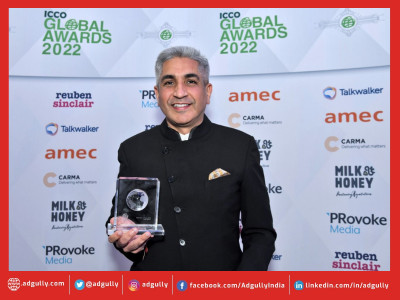

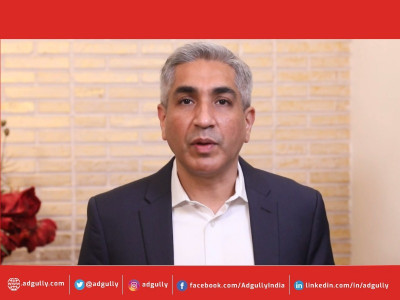
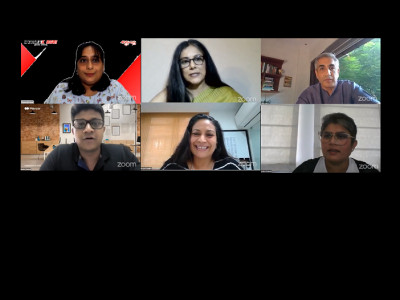
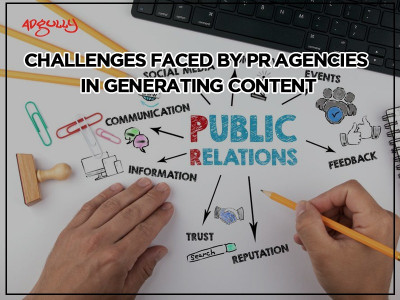
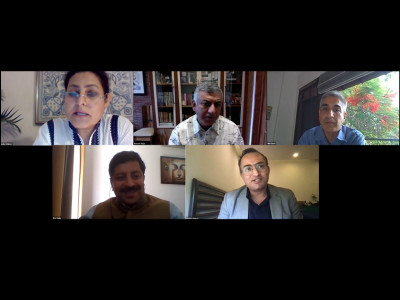





Share
Facebook
YouTube
Tweet
Twitter
LinkedIn